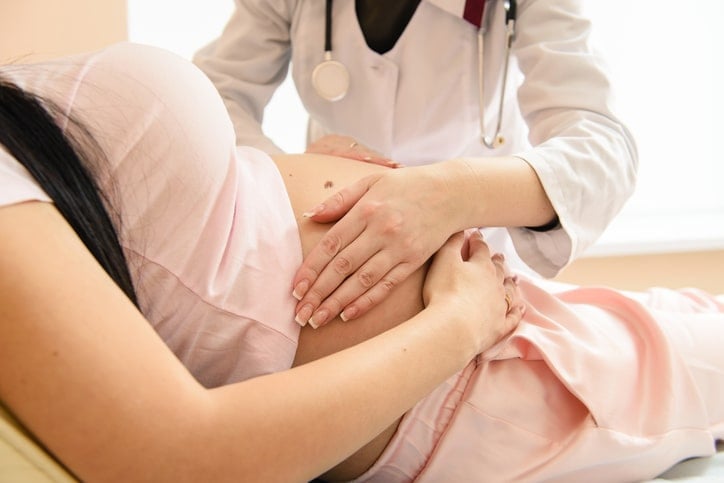Aug 15, 2022

In reporting the appropriate ICD-10-PCS codes, a coder must know what is included in the terminology of products of conception (POC). The POC include all components of pregnancy, including the fetus, embryo, amnion, umbilical cord, and the placenta.
Helpful Tidbits for Coding OB Procedures
- Procedures performed on the products of conception are coded to the Obstetrics section
- Procedures performed on the pregnant female other than the products of conception are coded to the appropriate root operation in the Medical and Surgical section
- Curettage of the endometrium is coded in the Obstetrics section, to the root operation Extraction and the body part Products of Conception, Retained
- Evacuation of retained products of conception is coded to the Obstetrics section, to the root operation Extraction and the body part Products of Conception, Retained
- Pitocin administration given to induce labor should be coded separately
- Pitocin administration given to augment active labor is NOT coded separately
- Delivery of placenta only (baby delivered outside of hospital) is coded as delivery of products of conception since ICD-10-PCS does not differentiate between delivery of the baby and the placenta
- Whenever there is assisted delivery, it should be coded
- Peri-urethral laceration repair is coded as repair of vulva since peri-urethral is vulvar tissue
- Vacuum assistance during cesarean section is not coded separately
- When more than one location is documented to have an obstetric tear, code the deepest layer involved in the tear
- Repair of second-degree perineal laceration occurring during vaginal delivery is coded as open approach since the laceration has cut through the external body layers exposing muscle (based on the definition of second-degree perineal laceration)
- High vaginal wall lacerations are not seen/coded often
Authored by Kim Boy, RHIT, CDIP, CCS, CCS-P
References
ICD-10-CM/PCS Coding Clinic®, Fourth Quarter 2018 Page: 49-51
ICD-10-CM/PCS Coding Clinic®, Fourth Quarter 2013 Page: 120
ICD-10-CM/PCS Coding Clinic®, Second Quarter 2014 Page: 9
ICD-10-CM/PCS Coding Clinic®, Fourth Quarter 2014 Pages: 17-19 and 43-44
ICD-10-CM/PCS Coding Clinic®, Third Quarter 2017 Page: 5
ICD-10-CM/PCS Coding Clinic®, Second Quarter 2016 Page: 33-34
ICD-10-CM/PCS Coding Clinic®, First Quarter 2016 Page: 8
ICD-10-PCS Official Guidelines for Coding and Reporting FY 2019
Health Information Associates offers medical coding services, medical auditing services, and clinical documentation audit services for hospitals, ambulatory surgery centers, physician groups and other healthcare entities in the United States.
The information contained in this coding advice is valid at the time of posting. Viewers are encouraged to research subsequent official guidance in the areas associated with the topic as they can change rapidly.
Subscribe to our Newsletter
Recent Blogs
Related blogs from Medical Coding Tips
Complex coding scenarios often lead to delays...
Provider documentation is the foundation of a...
Accuracy is the foundation of quality coding....
The 2026 updates to CPT and the Hospital Outp...
Subscribe
to our Newsletter
Weekly medical coding tips and coding education delivered directly to your inbox.




